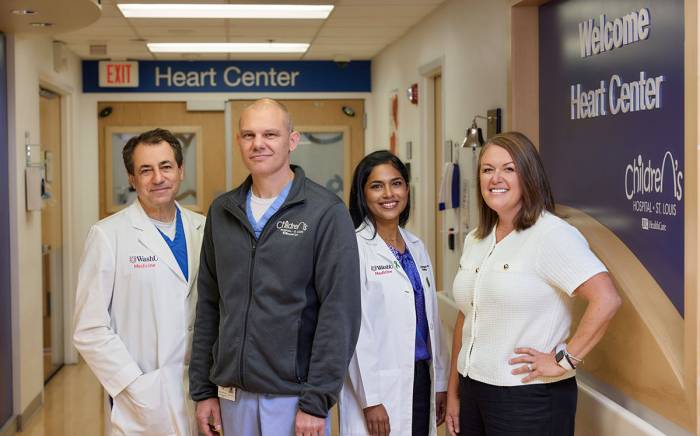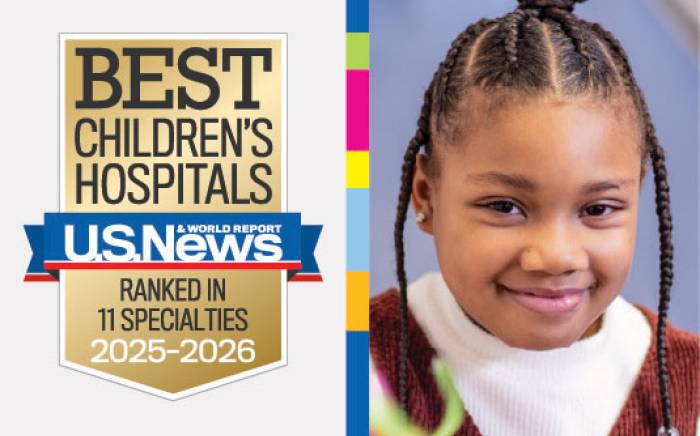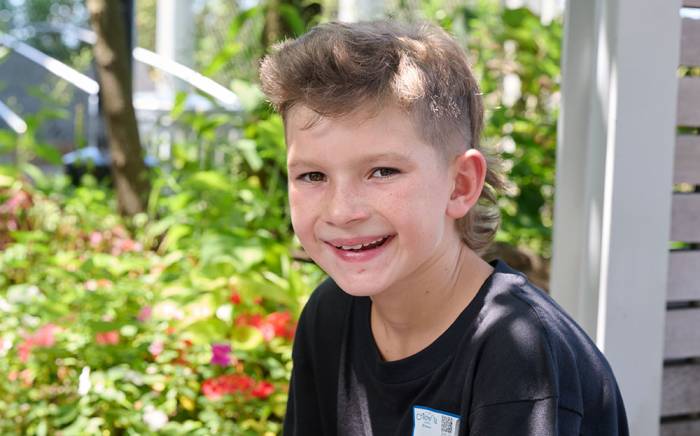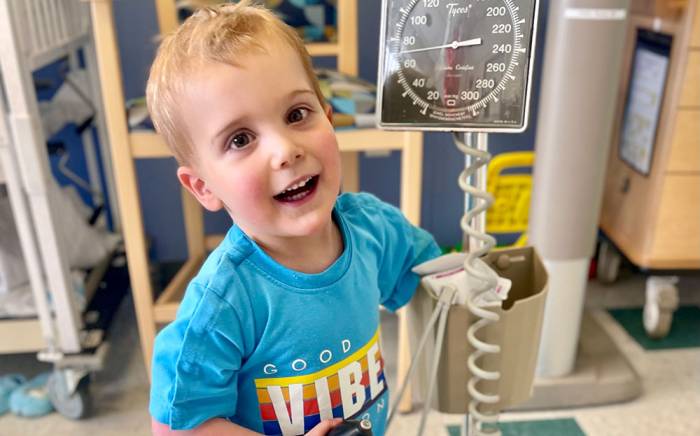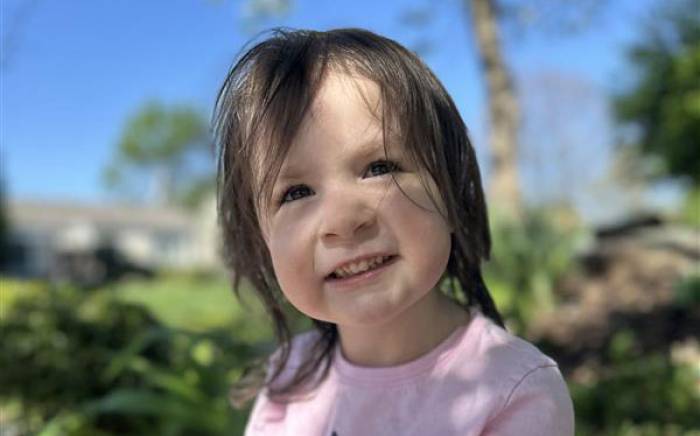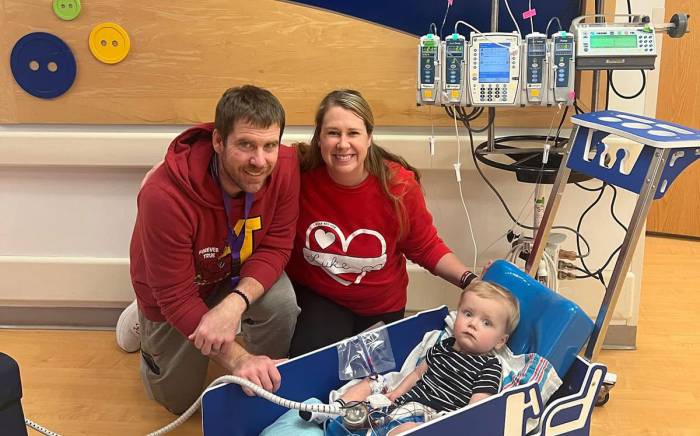As a mom and a nurse in the St. Louis Children’s Hospital newborn intensive care unit, Lisa Taylor can sense when something isn’t quite right with her kids.
So when her son, Grant, 14, was 7 years old, she noticed there were several concerning health episodes.
 The first incident was on a soccer field when Grant was unusually dizzy. It bothered Lisa enough to take him to the pediatrician, where they did an electrocardiogram (ECG), a test that measures the electrical activity of the heartbeat.
The first incident was on a soccer field when Grant was unusually dizzy. It bothered Lisa enough to take him to the pediatrician, where they did an electrocardiogram (ECG), a test that measures the electrical activity of the heartbeat.
Grant had a borderline QT interval, which can be associated with Long QT Syndrome, an inherited arrhythmia syndrome that is often passed from parents to children. Also, since his symptoms were seen with exercise and activities, there was concern for a different kind of inherited arrhythmia syndrome Catecholaminergic Polymorphic Ventricular Tachycardia (CPVT).
The second episode occurred that same summer when Grant fainted after jumping in a pool. Following a check by local EMTs and a call to the pediatrician, it was decided that he was OK.
But then during a soccer practice, while Lisa was watching from the sidelines, Grant was suddenly on the ground.
“I ran out on the field, and he was moaning and thrashing a little bit, his color was bad and I jumped into nurse mode,” Lisa says. “I checked and he wasn’t breathing well, so I started a little bit of CPR, giving him a couple breaths and a few chest compressions. He came around rather quickly.”
After a few minutes that felt like forever to Lisa, an ambulance arrived on the scene and Grant was rushed to the St. Louis Children’s Hospital ER, where he had another ECG. Although Lisa and her husband, Ted, were told it was probably just dehydration, they were advised to bring Grant back to the hospital to see a cardiologist the next day, where a number of different tests were conducted, including a stress test, echocardiogram (ECHO), an ultrasound that checks how your heart’s chambers and valves are pumping blood, and a cardiac MRI.
Finding the diagnosis through electrophysiology
“None of the tests came back with a conclusive answer, so we made the decision to implant a loop recorder in Grant, which would record what was happening with his heart,” Lisa recalls.
George Van Hare, MD, who is one of three Washington University pediatric electrophysiologists at St. Louis Children’s Hospital, did the procedure. He and his two colleagues, Jennifer Silva, MD, and Aarti Dalal, DO, diagnose and treat children who have abnormal heart rhythms, or arrhythmias.
The plan was to download the recorded information monthly, so the arrhythmia team at Children’s could evaluate the findings.
The very first download, however, showed a problem. Lisa and Ted got a call from the hospital asking them to come to Children’s with Grant as soon as possible.
“I remember that day because it was 10 days before Grant’s eighth birthday, and he was in second grade,” Lisa recalls. “We packed a bag and picked him up from school. It was the first day we met Dr. Silva, and she told us his monitor had shown a 28- to 30-second episode of torsades de pointes, which is a dangerous arrhythmia that usually causes you to pass out.”
Lisa thinks the episode may have occurred during a recess.
“He came out of the episode on his own, but if he had not, he might have fainted or even died because it can be fatal,” she says. “That is when Grant and our whole family became patients of the Inherited Arrhythmia Clinic at the St. Louis Children’s Hospital and Washington University Heart Center. They performed an ECG on Grant and prescribed a beta blocker and a genetics panel was done.”
The entire Taylor family had EKGs that showed both Lisa and their daughter, Lydia, 16, had borderline Long-Q-T syndrome like Grant. The family met with the genetics team since there may be other family members who carry the same genetic mutation, but have not yet had a symptom.
Caring for the whole family
The Inherited Arrhythmia Clinic was started at St. Louis Children’s Hospital in 2013 by Dr. Silva when she began seeing an increase in the number of patients with arrhythmic syndromes that were putting children and their family members at risk for sudden death.
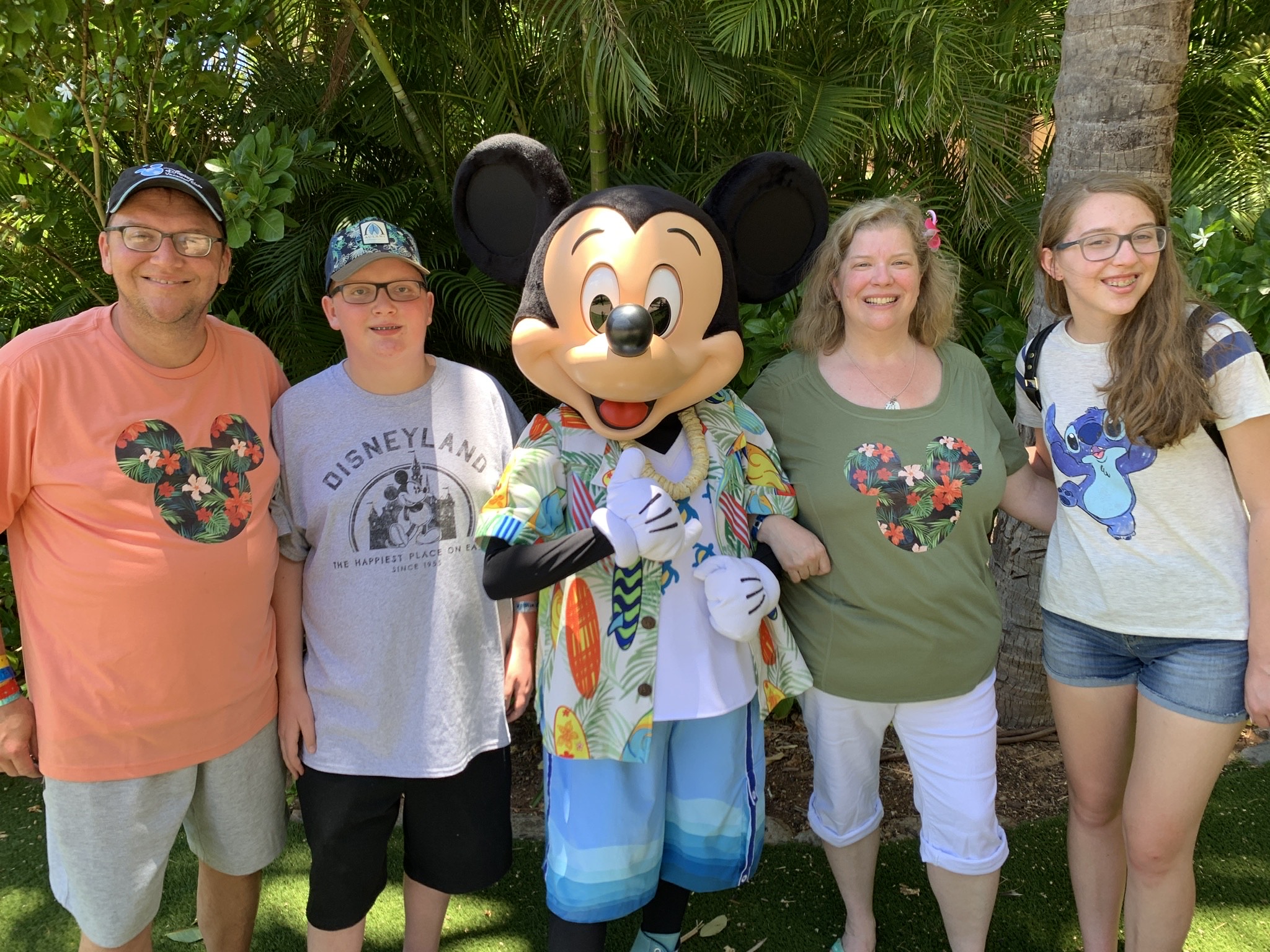
This unique multidisciplinary clinic provides care for the whole family with a team of electrophysiologists, geneticists for screening and to identify other family members that are at risk, and psychologists to help families not only cope with the diagnosis but also the uncertainty and anxiety that often occurs.
“Typically, these syndromes are inherited, so it’s not just one child we are taking care of, but we are also talking to the parents and educating them about the same syndrome they may have and the risks for their other children, future children or extended family members,” Dr. Silva says. “This is a really unique group of patients, even for cardiology, who require a very holistic approach of caring for the patients and their families.”
Patients for the clinic can be referred for a number of different reasons, including when a family member has been diagnosed with an inherited arrhythmia or a normally healthy member of the family has a cardiac arrest and survives.
“Imagine being a parent of a young child, or being a teenager, and being told that you have a disease that is potentially life threatening? Not only do you have to deal with the medical but you have to also deal with the psychological effect it has on the patient and family,” Dr. Dalal says. “Our team of specialists is here to help families understand the diagnosis, make it manageable and know they are not alone. The goal is to make them feel empowered, that they have control of their life. Life may be different, but it doesn’t mean it can’t be a life they will enjoy.”
Life after a diagnosis
“All of our families are amazing, and you see that with the Taylors,” Dr. Silva says. “The loop recorder that monitored Grant’s heart rhythm caught a potentially lethal condition which allowed us to accurately diagnose and treat his condition with medication. It also alerted us to screen the rest of his family.”
Before the genetic results came back for Grant, he was being seen regularly by cardiology and was put on restrictions that included no running and no team sports.
“Luckily, Grant was young enough that we could find other interests like chess and golf, but he missed playing baseball the most and worried that he might not be able to be a policeman when he grew up,” Lisa says. “I told him you never know what will change in medicine and that there are different kinds of policemen that don’t have to run and chase the bad guys.”
When the genetic results came back, Grant tested positive for an known mutation and it confirmed the clinical suspicion for CPVT.
“Grant is still limited on sports and running because when someone with this diagnosis gets a boost of adrenalin, it can lead to a bad arrhythmia,” Lisa explains.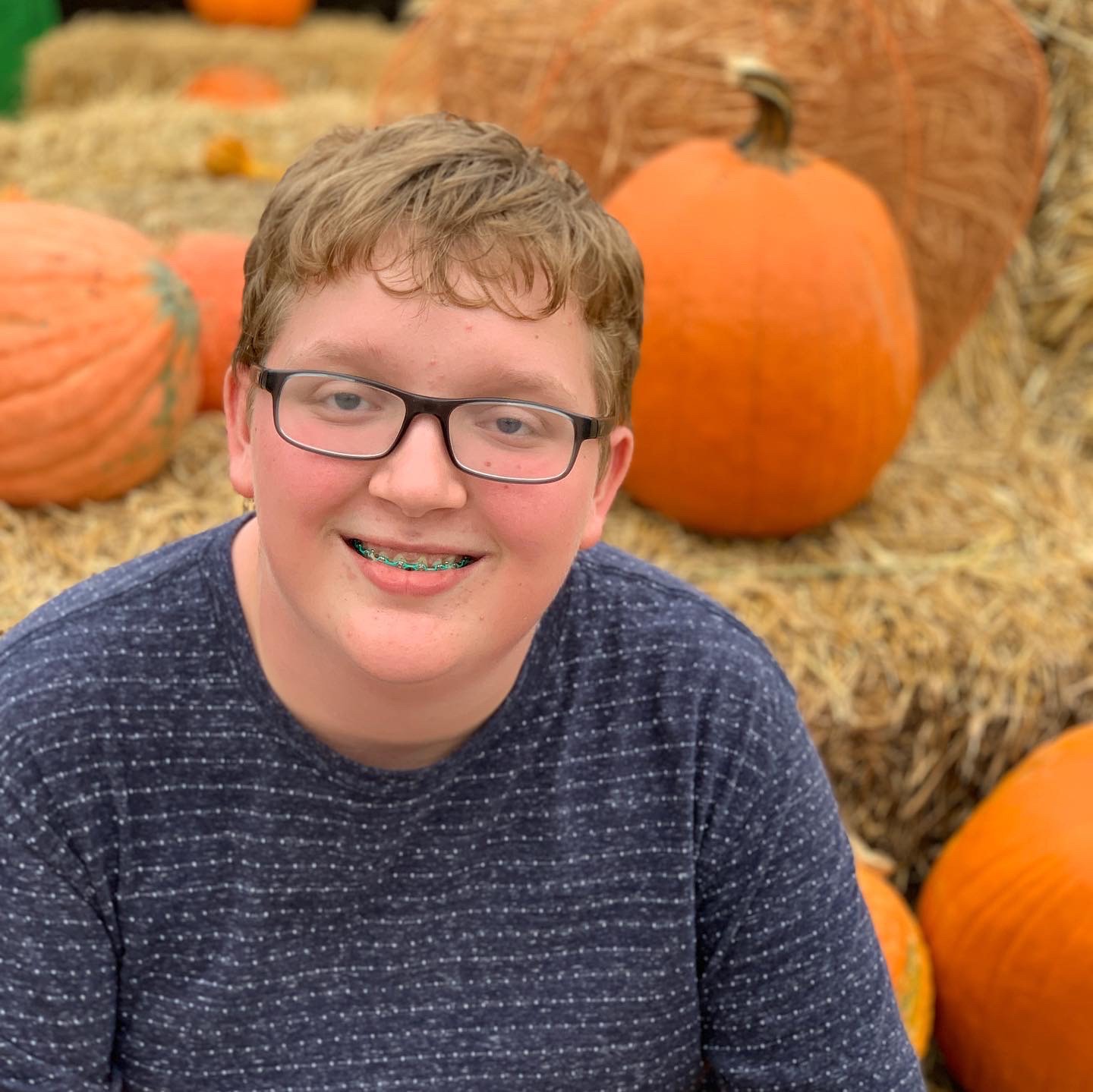
Since his diagnosis, all of the Taylor family has undergone genetic testing and although everyone has been impacted by Grant’s diagnosis he is the only one affected.
Grant continues to be monitored by the Inherited Arrhythmia Clinic and has had adjustments to medications, an upgrade to new loop recorder model that is smaller and more high-tech.
“Our life has totally changed, so we had to find a new normal,” Lisa says.
Now in eighth grade and looking forward to high school, Grant is doing well. Lisa is grateful for the support of her husband, who she says always has better questions for Dr. Silva then she has as a nurse, and Grant’s big sister, who keeps a close eye on him at all times.
Grant’s grade school has made sure they are prepared for any emergencies by adding an extra AED defibrillator, ensuring staff is trained in CPR, and giving Grant a walkie-talkie to carry at all times if there is a concern.
He’s attended Camp Rhythm, a camp sponsored by St. Louis Children’s Hospital for kids with all kinds of heart defects, including arrhythmias, for the last three years, where he’s made new friends with kids who have similar limitations.
Lisa says she is so grateful for St. Louis Children’s Hospital and the Inherited Arrhythmia Clinic, which has made things so much easier and less stressful for her family.
“Children’s is in my heart and will always be in my heart. It’s a great place,” she says. “I don’t want to go anywhere else.”

